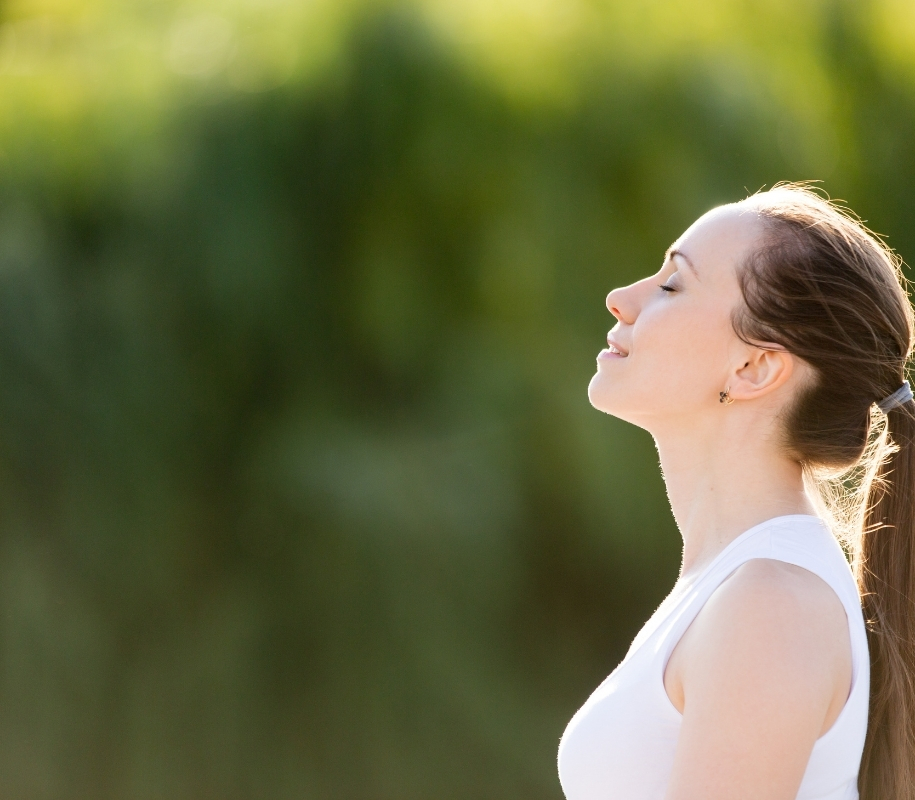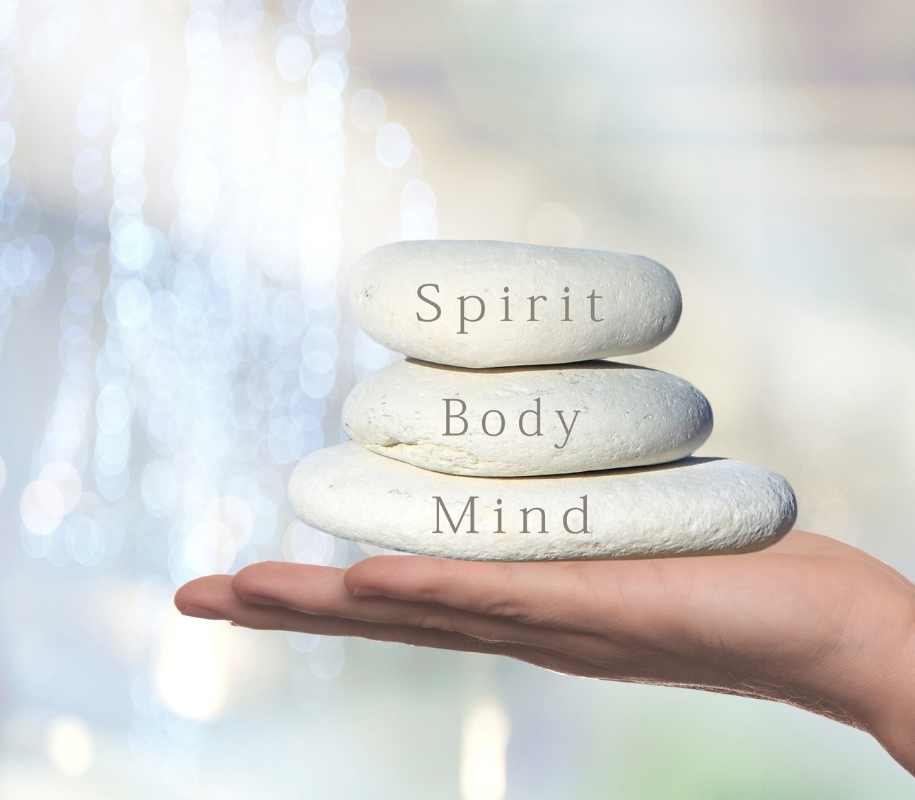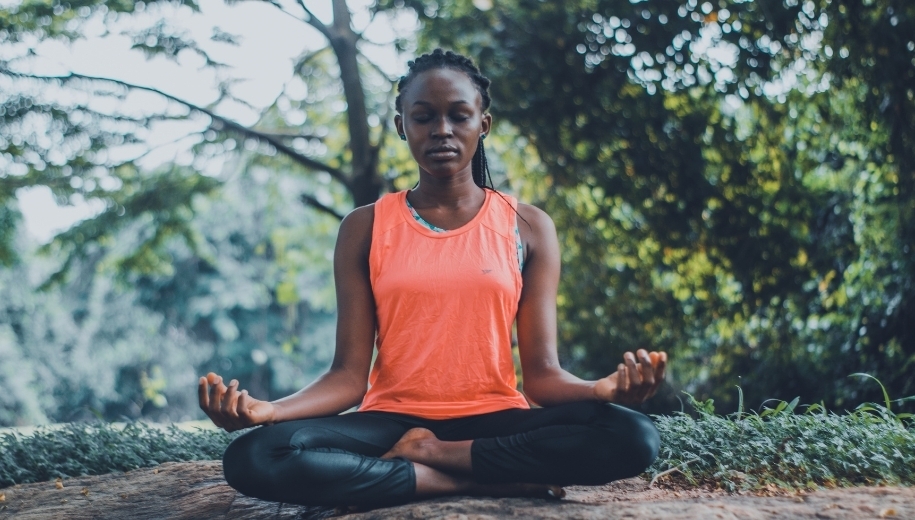Mindfulness is the wellness buzzword on everyone’s lips, yet this ancient practice is so much more than just a fad. Mindfulness is all about present moment awareness and is essentially the foundation for most Eastern philosophy and practices. Yoga, meditation, zen, taoism, tai chi and many other practices all use mindfulness as the foundation to reach a higher state of being. The best thing about mindfulness is that anyone can practice it and reap its many benefits. This post explores mindfulness and how you can apply it in your everyday life.
What is Mindfulness?
If you have ever heart of book titles like Be Here Now or the Power of Now, what they are referring to is mindfulness. John Kabat-Zinn, known as the ‘father’ of Western Mindfulness is ‘The practice of paying attention, on purpose, in the present moment and non-judgmentally.’
The emphasis here is on practice.
Although it may sound complicated or intimidating, mindfulness is something that we can practice on our own, any time of the day. ⠀
Sitting in mediation is an act of mindfulness, but so is walking, driving, reading, bathing or any other activity. All we need to do is become consciously aware of the present moment.⠀


Are Meditation and Mindfulness the same thing?
Meditation and mindfulness are often bundled together, and although are related, are not the same thing. Meditation is sitting down to practice stilling the mind and connecting to the breath, a mantra or the bodily sensations (depending on the style) for a specific period of time, and then one you get off your mediation cushion, you interact with the day as normal.
Mindfulness, on the other hand, is a way of life. It is a practice that we can drop in and out of throughout our day simply becoming aware of the present moment. Practicing mindfulness helps us to view our circumstances more objectively and to respond calmly rather than react. This is one of the many benefits of mastering mindfulness in your everyday life.
Benefits of Mindfulness
Mindfulness is a way for us to turn down the over-analytical thinking mind, quieten down the judgmental ego and return to our body in the present moment. We spent so much time running on the hamster wheel of thinking, that giving our mind a break by focusing on just one thing has immeasurable benefits for the mind, body and soul.
- Mindfulness makes us calmer, kind and more patient.
- Improves our creativity and emotional wellbeing.
- Reduces anxiety, negativity and emotional reactivity.
- It improves our overall focus, productivity and concentration.
- Lowers stress levels and greatly improves sleep.
- Helps with chronic pain
- Can help with weight management and addictions.
For years the benefits of mindfulness have just been anecdotal, yet these days there is also science to back them up. A recent study shows that mindfulness doesn’t just change our perception, it actually changes the shape of our brain and how it operates. Where traditional, and often prescription drugs and treatments for conditions such as anxiety and depression fall short, Mindfulness shows huge promise.

How to practice mindfulness
Just like you wouldn’t simply read a book on yoga and become a yogi, the magic of mindfulness is in the practice. Practicing mindfulness really is as simple as paying complete attention to the present moment, whether you are eating, walking, driving or cooking. But if you are brand new to this idea, there are practical exercises that can get you there. The more we practice mindfulness, the quicker we will be able to shift between a non-mindful and a mindful state. This is when the benefits of this practice truly start to impact our lives.
Mindful Breathing Practice
- Mindful breathing is the foundation of many mindfulness teachings, and is also one of the easiest AND most powerful ways to experience mindfulness. Try this mindful breathing exercise.
- Take a moment to sit or stand in a comfortable position. Close your eyes if that is comfortable for you. ⠀
- Start by taking a few deep breathings, bringing yourself into the present moment. Focus only on your breathing by becoming consciously aware and mindful of each in breath and out breath. ⠀
- On the in breath say to your self, “I breathe in, I know I am breathing in.”⠀
- On each out breath say to yourself, “I breathe out, I know I am breathing out.”⠀
- Continue with the practice for at least a minute if you can. Come back to your surrounding and notice the shift in how you feel. ⠀

Mindfulness Practice with Essential Oils
This essential oils mindfulness practice is taken from Centered Recovery Programs, where they use mindfulness as a way to heal their clients.
Find a comfortable seat, and bring attention to your breath and to your posture. Have your essential oils diffusing nearby and perhaps have some soothing sounds in the background.
If you don’t have a diffuser or sound, listen to the sound of your breath during your practice.
Add a few drops of essential oil to your palms.
Rub your hands together and take a few deep and cleansing breaths; Place your hands on your temples and massage in a clockwise and counter clockwise motion.
Rub your neck and shoulders gently, feel your body response to the scent and to the gentle massage and warmth of your palms and fingers.
Bring your palms back to your face and take a few deep and cleansing breaths in and out; then place your palms face up on your lap, and take some time here to settle in to the natural rhythm of your breath.
Bring your awareness to the present moment.
Notice the smell of the oil, notice your breath as it moves in and out, as your chest and belly rise and fall, notice how your body feels, relax each muscle, and relax even deeper.
Remain here for several breaths; Notice how it feels to sit and simply be.
As you close your practice, take a few cleansing inhales and exhales, find some gently movement in your body, and when you’re ready, open your eyes gently, coming back into the room, and enjoy the rest of your day feeling more calm, present, and alert.
Mindfulness Practice with Essential Oils
Mindfulness can be part of your everyday life and you don’t need to set special time aside. This practice involves chopping vegetables. So before you plan to chop vegetables again, see if you can create a quiet environment where you won’t be distracted by family or housemates.
As you chop the vegetables, pay full attention to every single thing you are doing by watching you hands.
As you pick up the vegetable, notice yourself picking it up. As you pick up the knife, notice that too.
As you chop, become aware of nothing else but the slicing of the vegetable. Tune into the sound it makes, the smell and the feeling of the knife in your hand.
Naturally, thoughts will pop into your head, but do your best to just let them pass, each time bringing yourself back to the action of chopping.
While doing this, connect with your breathing. Every time you feel distracted, come back to your breath, come back to the feeling of the knife, the sound of the chopping, the smell in the air.
Do this as slowly and mindfully as feels comfortable.
Finish the practice once you feel complete.
Adding in mindfulness to everyday tasks is something that everyone can do, and will make the world of difference on your health and wellbeing.
If you would like to explore this further, the Headspace app is an amazing resource for all thing mindfulness, and their free 10 day challenge is a great starting point.

